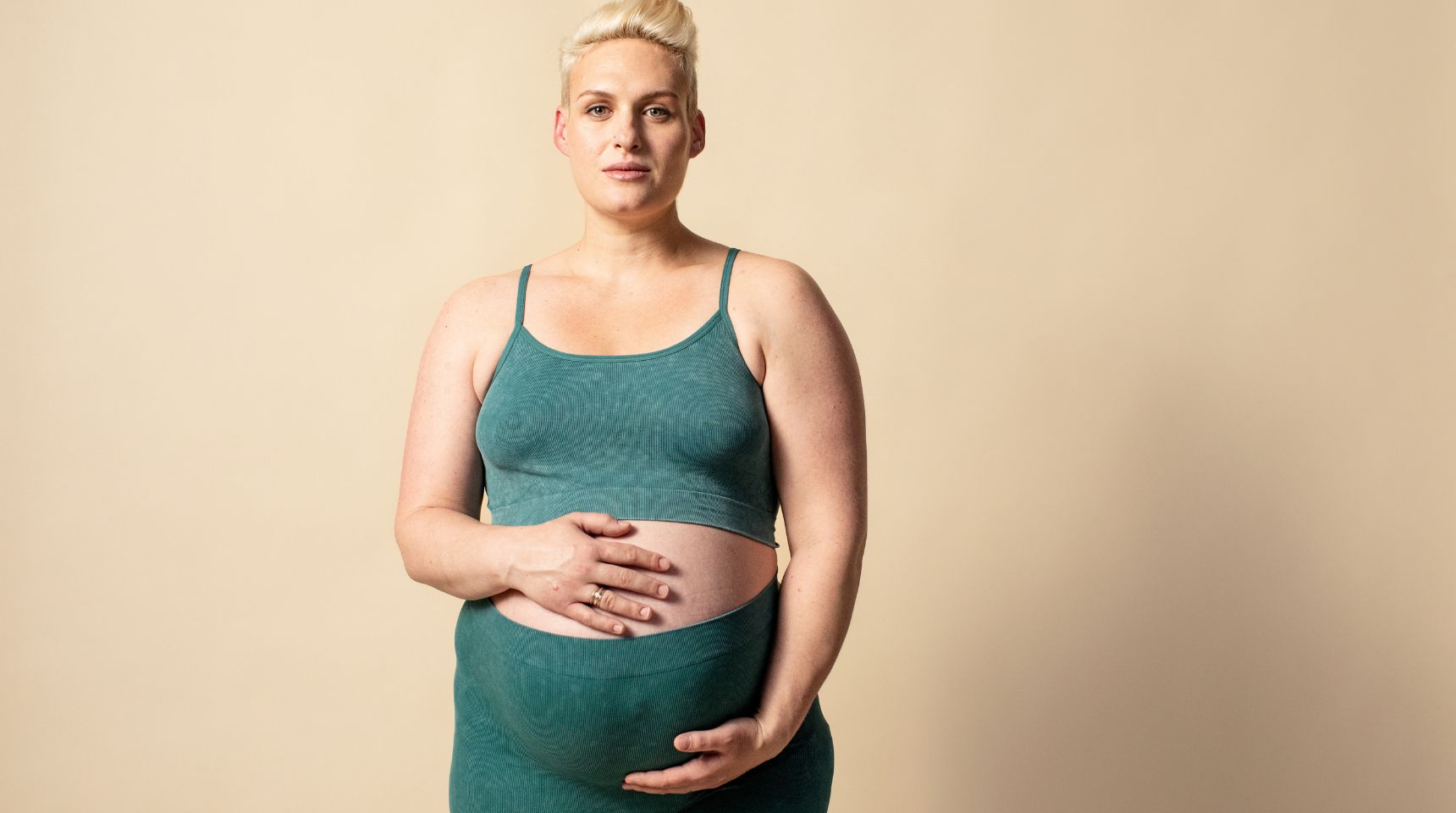Every breastfeeding mom’s experience is unique. Yet, many women have similar questions and common concerns. Here is some practical guidance.
Congratulations - a bundle of joy is very exciting! As you know, your baby won’t arrive with “operating instructions,” and since every baby is unique, it’ll take some time to get to know their personality. We are here to help with answers to your most common breastfeeding FAQs.
This video with Tania Joseph, RN, BSN, IBCLC will walk you through 6 tips to keep in mind as you prepare for your breastfeeding journey:
How often will my baby need to eat?
Breastfed newborns nurse a lot, but just at first. On average your baby will awaken to nurse every one to three hours, translating to at least 8-12 times per day. This sounds like a lot, but it won’t always be like this. As your baby grows, feedings will start to be a bit more spaced out.
There’s a lot going on in those early days after baby is born, so some moms find it helpful to use a notebook or note in their phone to track when their baby feeds.
How long should my baby nurse each time?
The good news is that you don’t need to watch the clock – just your baby. Look for hunger cues such as your baby sucking their fingers or hands, making smacking noises with their mouth or rooting around looking for something to latch onto. Crying is a late sign of hunger. It is difficult to latch a crying baby, so it can be helpful to keep these cues in mind, such as stirring, mouth opening, turning their head, rooting, or putting their hand to their mouth.
We recommend not to time feedings but rather feed on cue and watch for when your baby acts full and stops feeding on their own. Sometimes babies nurse and then pause to take a break while feeding. This is normal, and it doesn't necessarily mean they're ready to stop. Offer the baby your breast again to see if she still wants to nurse.
Sometimes early on when babies are still very sleepy, they get comfortable and fall asleep soon after starting to feed. This is caused by Oxytocin, the hormone responsible for let-down and providing that wonderful feeling of relaxation to you and your baby. If this happens, gently wake baby up and continue to nurse. Sometimes unlatching the baby to burp and then re-latching can rouse the baby. You can also remove some clothing so they are not too warm and cozy.
Do I need to switch breasts during the feeding?
If your baby is nursing and seems content, there’s no need to stop and switch breasts. A baby that is content at the breast seems relaxed. But if it appears that they are still hungry after eating from one breast, offer your second breast until they are full. If you don’t switch sides during the feed, offer the other breast first on the next feed. This will help to build your milk supply in both breasts.
In the beginning, some moms put a safety pin on their bra strap or use a log to remind them which breast they should use for the next feeding.
I feel like all I do is breastfeed – when does this change?
You are not alone in feeling this way, mama! Breastfed newborns nurse a lot, but it won’t always be that way. On average your baby will nurse every 1 to 3 hours, or at least 8 to 12 times per day in the beginning. As your baby grows, feedings will start to be a bit more spaced out.
Will I have enough milk?
Many new moms are anxious that they’ll “run out of milk” because their baby wants to feed so often. Not to fear – your body can do amazing things!
Breastfeeding works on a “supply and demand” system, so feeding frequently during those first weeks is key! Draining your breasts while nursing signals your body to make more milk, so the more you breastfeed your baby, the more your milk supply will increase.
My breasts seem like a leaky faucet! What can I do?
As your breasts continue to produce milk, they may seem like they are changing by the hour. That's totally normal! You may experience leaking in the early months of nursing as your body is determining how much milk to produce. Nursing pads, such Lansinoh Disposable Nursing Pads, help prevent leaking through your clothing.
What can I do to help my sore nipples?
Your baby is getting the hang of nursing, which is great. But, it can take a toll on your nipples, causing them to become sore and cracked. Lanolin Nipple Cream is great for soothing and protecting sore nipples, and Soothies® Gel Pads provide instant cooling pain relief for cracked and damaged nipples.
Help – my baby is having trouble latching onto my swollen breasts!
About the third day postpartum your breasts may swell (a common condition called engorgement) as your first milk, colostrom, is replaced by mature milk. The good news is that it’s a temporary condition. Nursing frequently during this period is the best way to alleviate this, but it can be difficult because your baby may have trouble latching on to an engorged breast.
Here are a few tips and tricks:
- Express some milk using your hand expression. You'll want to try to get out just enough milk to soften the breast so the baby can properly latch on,
- You can try to take a warm shower to help soften the breasts,
- Or use cold packs between nursing to reduce swelling and relieve pain,
- If your nipple is flattened by engorgement, try our LatchAssist ® Nipple Everter. This simple tool helps your nipple temporarily “stand out,” making it easier for your baby to establish a good latch.
I can’t tell how much my baby is drinking – how do I know if she is getting enough?
Unfortunately, breasts don’t come with ounce markers! However, there are other ways to determine if your baby is getting enough milk. Continuous weight gain and alertness are indications, but the best way to tell is through diaper checks (see next question).
What should I look for in my baby’s diapers?
Who would have thought that you’d be examining diapers so closely! But this is a great way to tell if your baby is getting enough milk. Wet diapers indicate good hydration, while poopy diapers signify enough calories.
Today’s ultra-absorbent diapers make it difficult to tell when they’re wet, so get familiar with how a disposable diaper feels both wet and dry. You can also tear the diaper open – the material where the baby wets will clump together when the diaper absorbs the liquid.
Don't be alarmed by the appearance of baby's poop, as it will change during the first few days. It starts out black and tarry then changes to green and then to yellow, seedy and loose. After baby's fourth day look for four poopy diapers and four wet diapers. After baby's sixth day you want to see at least four poopy and six wet diapers.
Similar to tracking feeding times, it also helps to jot down the number of wet and poopy diapers. If your baby is having less than this, reach out to your pediatrician.
What can I do for more reassurance?
Second opinions – especially weight checks for your baby – can help you feel more confident about your breastfeeding. If you want to talk to someone, consult with a pediatrician or an International Certified Lactation Consultant for pre- and post-breastfeeding weight checks.
UP NEXT: Pumping 101
All content found on the Lansinoh.com website, including: text, images, audio, or other formats were created for informational purposes only. The content is not intended to be a substitute for professional medical advice, diagnosis, or treatment. Always seek the advice of your physician or other qualified health provider with any questions you may have regarding a medical condition. Never disregard professional medical advice or delay in seeking it because of something you have read on this website.









